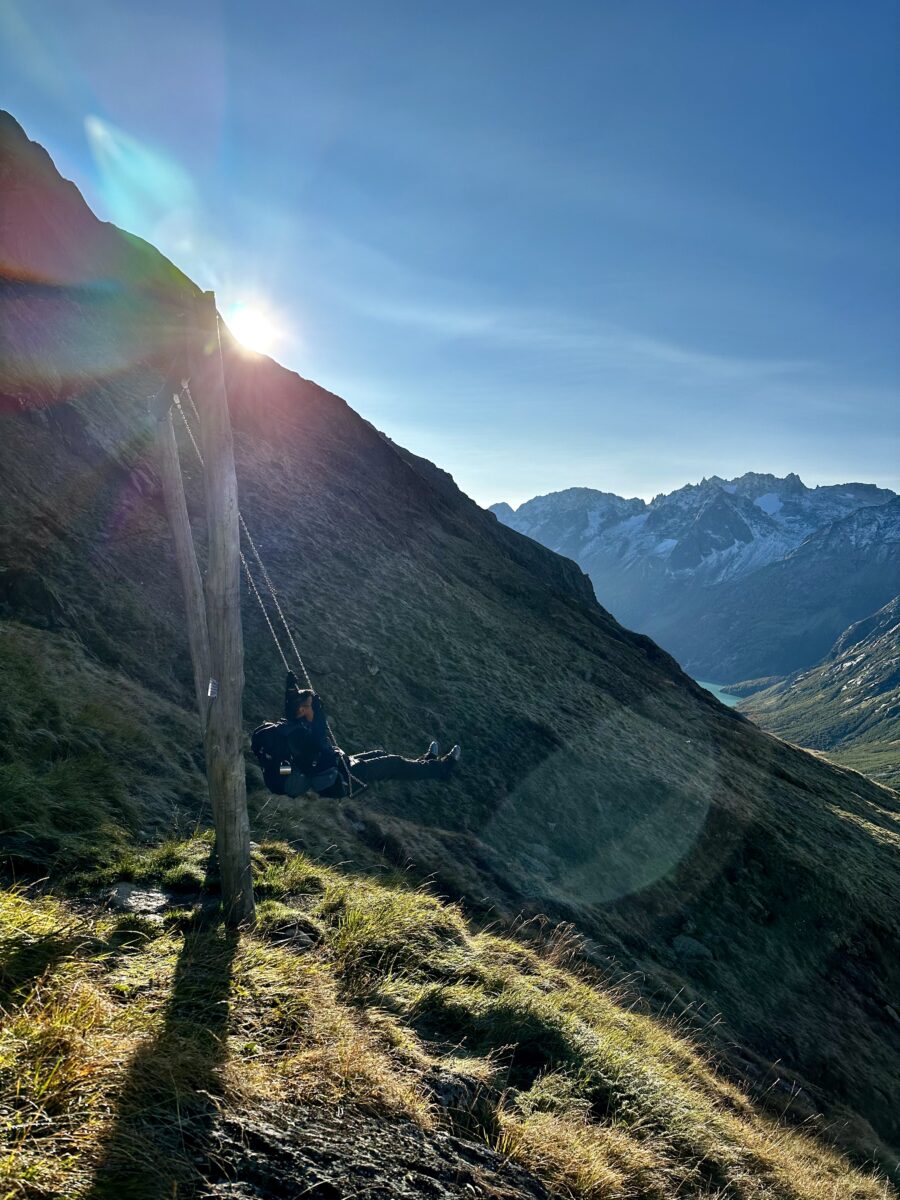If I die today, how many people would attend my funeral after a decade of living as an immigrant in Switzerland?
I know it’s a silly question, but it was an intriguing thought I had some months before deciding whether to celebrate my 40th birthday in Switzerland or not. After a decade abroad, my identity has changed in so many ways that I felt somehow “homeless,” struggling to piece together who I am.
I never imagined how therapeutic a birthday party could be in this sense. Thanks to my lovely wife, we managed to gather in the same space all the dimensions of my “new life” that I was hesitant to accept as the pillars of who I am today. I always felt loved by my Swiss family and friends, appreciated by colleagues, but when compared to the intensity of relationships I had in Brazil, it always seemed insufficient.
At 40th birthday celebration, I could see, feel, and hear the fruits of these last ten years of relationships. It changed me forever.
Visualizing all the meaningful relationships and deep connections I have in Switzerland freed me from the inner prisons of my past and brought me to an acceptance of my new self, full of richness, joy, and, most importantly, new roots.
Two weeks later, I went to Brazil with my family.
Since moving to Switzerland on April 1, 2014, every time I returned to my home country, I tried to renew the connections externally and internally with everything and everyone I left behind. That protected my mental health, gave me the certainty of being rooted, and the serenity of feeling I had everything I needed.
This year, going back to Brazil wasn’t going back home anymore—maybe for the first time. After experiencing that special moment with my Swiss connections, I saw a whole new world I hadn’t seen before.
Brazil then became a place to build something new with the same people I am delighted to meet. I could now share the best of who I am—a Brazilian Swiss, enriched by my integration efforts, struggles and experiences, and the joy and openness of my Brazilian heritage.
What a joy! What a wonderful and life-changing experience! I look forward to deepening it and learning how to make the best of this journey for myself and others.







